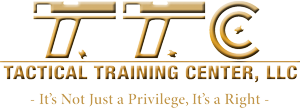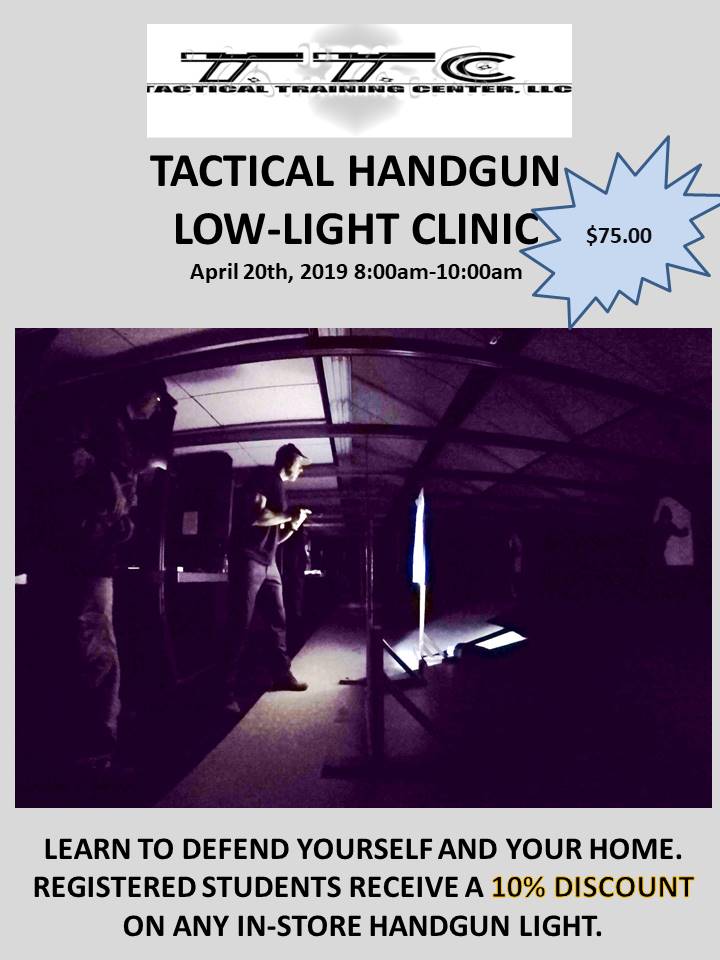ADVANCED SHOOTING DRILLS – LEARNING TO SHOOT AND MOVE WITH A FIREARM AND FLASHLIGHT.
Learning to shoot in low and dim light situations is a critical skill if you choose to protect yourself in your own home. Utilizing a firearm mounted flashlight is a beneficial tool that will help you in acquiring this skill and is a much better alternative than just using a handheld light. A handheld light creates an unstable shooting platform, whereas a weapon mounted light has the benefit of having the bore and the flashlight beam mechanically aligned. Wherever the firearm is directed, so is the flashlight beam . The shooting grip and stance remain the same. Most modern firearm mounted flashlights have enough illumination to help you identify the threat AND temporarily blind them with the light, typically causing them to look away, and possibly raising their hands to block your light. Quality made lights have this and some other great features as well.
Looking at this video and examining the drill, I want you to notice how the student has been trained to approach the threat and keep the muzzle of the firearm relatively level and on target. In this drill, the student was told to move forward and then while moving, a target is called out (there are six numbered circles on the outside of the target silhouette). The student is then required to locate the target area and engage it, all while moving. This is yet another acquired skill that is necessary when learning how to defend yourself with a handgun. Advanced low-light drills should allow for the manipulation of the on-off switches of the flashlight and identification and location of the threat. Notice how the shooter removes his finger from the trigger at appropriate times, manipulates the flashlight on-off switch and keeps the muzzle oriented at the threat area. I recommend learning the features of the light, such as the on-off switches, the cone of illumination and the knowing the power of the light. Some switches turn off upon the release of pressure and some stay on until they are turned off. Learn how these switches function by feel and prevent errors in light disciple and tactics.
One of the most important “operator issues” to keep in mind when using any flashlight is knowing when to when to turn the light on and off. This is known as “light-discipline”. Know when to turn your light on and off, and make sure that when it is supposed to be off, it is off and not kept on inadvertently. Keeping your light on for no viable reason will attract the attention of your adversary and possibly his bullets. Neither of these are desirable, so try utilize the low-light conditions to your advantage, especially if the adversary does not know your location.
Does all of this mean that you can forget about using your regular (non-firearm mounted) flashlight (non-firearm mounted flashlight)? Not at all, and there are two primary reasons here. Pointing a firearm at someone is a legal Use of Force issue, whether you’re in your own home or not. You shouldn’t be using your firearm mounted flashlight to illuminate a person that is not considered a deadly force threat. This can lead to the legal jackpot and even a horrible mistake. And secondly, remember that anything with batteries is going to fail at some point. Having an alternative method of illumination and knowledge of alternative techniques is a must.
Lastly, make sure that the firearm functions properly with a light attached. Some polymer pistols may not function reliably and may require some minor modifications to them to ensure they function reliably. Overall, please remember to train with your tools, understand how they work under real-life circumstances and develop this skill set so that you can focus on your threat and not the operation of the firearm mounted flashlight.


